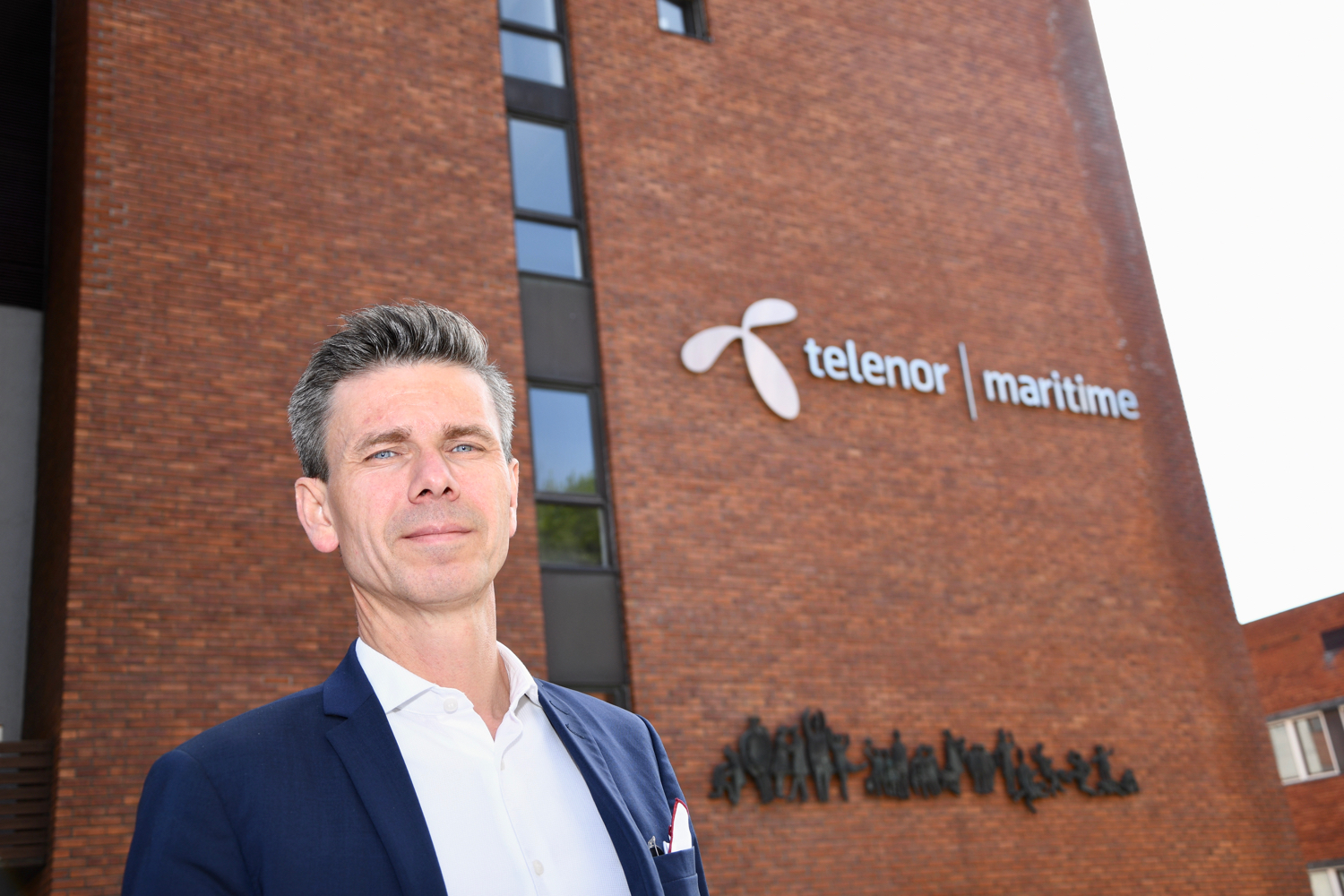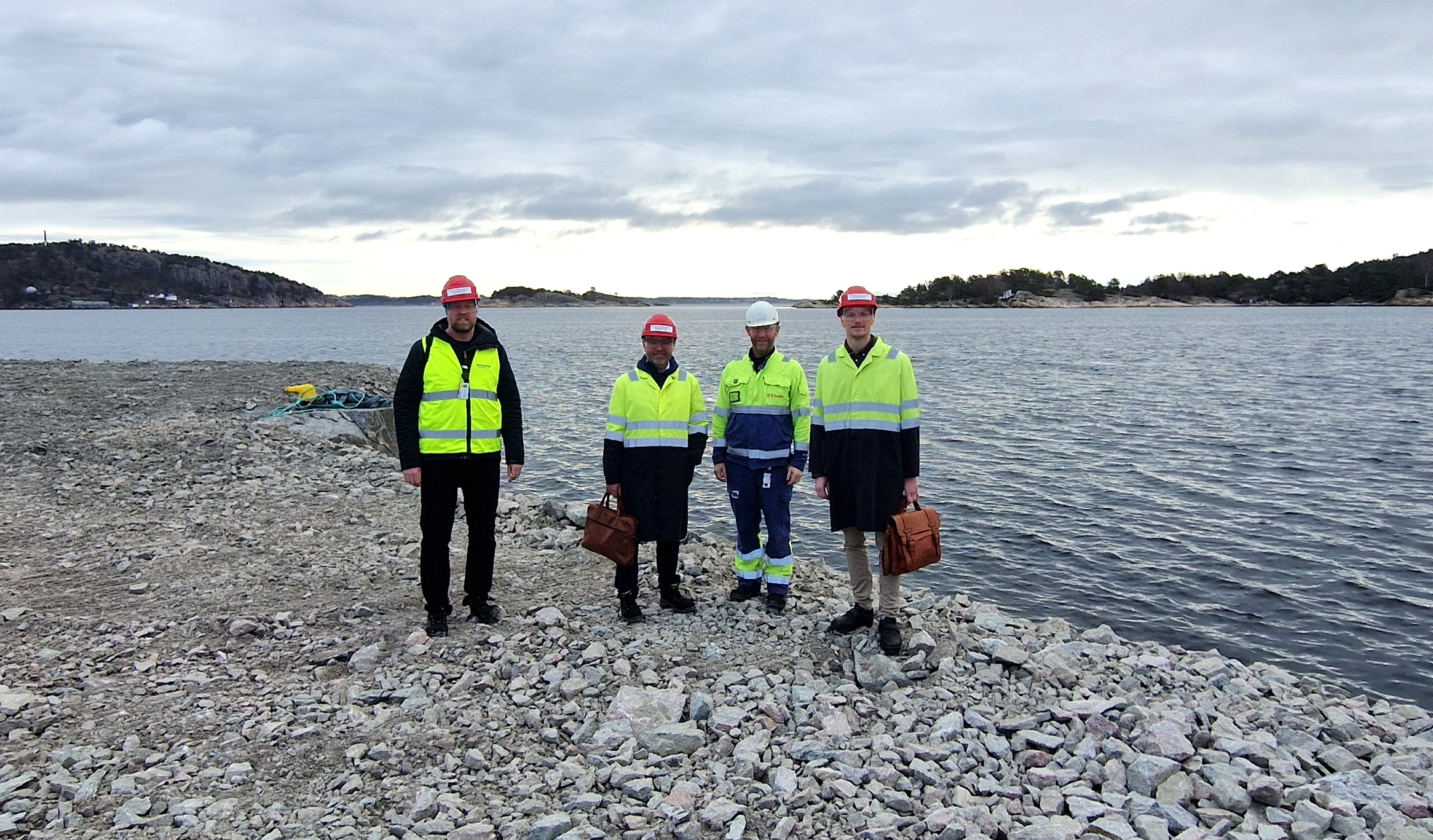“These are unusual and challenging times. Our clients are the same as pre corona. But with significantly less activities, a major part of our market has temporarily vanished,” says Lars Erik Lunøe, CEO of Telenor Maritime.
“Reduced market activity has given us time to investigate and develop new business, and we are currently focused on delivering digital services to the merchant fleet, which represents a new line of revenue for us. Our long-term goal is to enable secure digitalization to the entire maritime sector, and to offer solutions and technology that contributes to higher efficiency and the green transition,” says Lunøe.
As more suppliers demand their equipment to be online, Telenor Maritime is determined to build a maritime digital highway.
“Connectivity is a growing market. Today, only 30-35 per cent of the estimated 100,000 ships in the world are connected to a satellite. We expect the market to double within a few years. The biggest increase in demand comes from suppliers that find value in being connected to their equipment,” says Lunøe.
A flow of data between the equipment at sea and the supplier on shore, enables data analysis and communication that can improve operations, safety and maintenance, while reducing costs.
“The cost of connectivity is still high, so it is imperative to communicate efficiently, but also to look at alternative connectivity means. We are looking into offering new solutions for data processing on board, allowing for data to be transferred onshore on a more selective, and not continuous, basis,” explains Lunøe.
INTERNET OF THINGS OFFSHORE
Telenor Maritime employs 90 people, of which 60 are located at the headquarters in Arendal. The company generated more than NOK 500 million in revenue in 2019.
As of pre corona, passengers and crew were the most important customer groups on the 400 ship that Telenor Maritime have equipped with a satellite antenna and on-board communication network. A new 5G network is an enabler for Internet of Things (IoT) offshore, which is expected to expand the market.
“Merchant vessels, with limited crew and no passengers, are usually not online. But increased demand for offshore IoT will see more such ships being connected. We will guide the ship owners through unchartered waters of disruptive technology, to unleash opportunities within IoT, cyber-physical systems, cloud- and cognitive computing,” says Lunøe – and adds:
“The use cases are unlimited, so are the stakeholders.”
He knows the market well, based on his extensive national and international leadership experience from the maritime sector. Lunøe recently headed the UK-based Survitec Fire Solutions as Managing Director and previously held the same position at Maritime Protection. He is a graduate from the BI Business School and a former officer at the Norwegian Military Academy.
Lunøe was elected and given a seat on the GCE NODE Board of Directors at the last general meeting. He believes it is important for NODE to have representatives like him, from the maritime sector.
“I accepted the position based on my understanding of GCE NODE as an important organization and spokesperson for an important industry in Agder and in Norway. NODE is facilitating exchange of experience between small and larger companies in the region, and interacts with the regulators and authorities on behalf of the offshore and maritime businesses,” says Lunøe.



